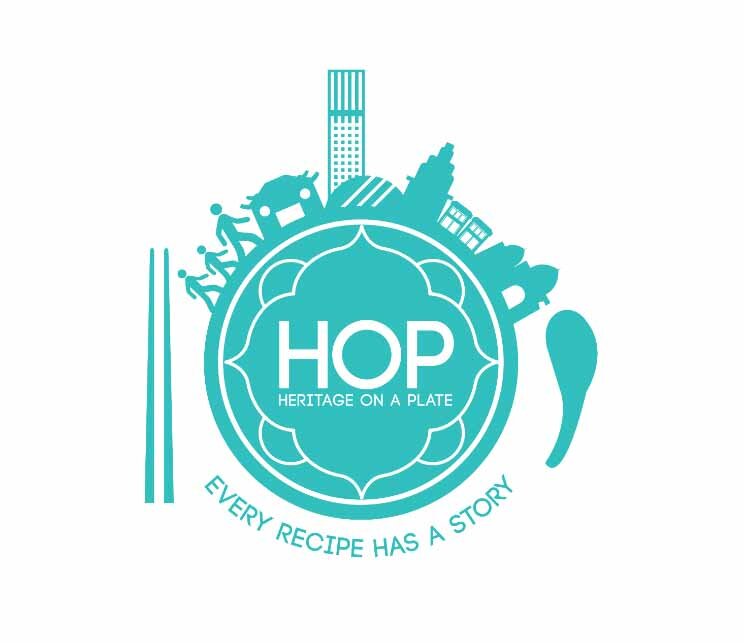Ain't No Fun Like Chee Cheong Fun
Hello, food fans! I was just having my favourite Penang brunch treat today, and I want to tell you about this delicious dish called Chee Cheong Fun.
Penang has been seeing a lot of development and progress recently. Lots of businesses opening, lots of people moving in and working here. But George Town is only a small part of the state, and even the island itself. There have been residential area (or suburbs) surrounding the city for several decades, with many little “taman perumahan” or “housing gardens” (what an interesting term for a neighborhood). Some of them are new, some emerged from villages that modernised, and some still retain a lot of the character and history, and the same food vendors who’ve been hawking their dishes there for decades.
These little tamans are a treasure trove of hidden food gems. Many vendors open small food businesses, and they’re supported by working families who want a cheap, nutritious and delicious lunch or dinner. One such place is the Sri Nibong kopitiam in the suburb of Sri Nibong, where my favourite Chee Cheong Fun vendor hangs out.
What is Chee Cheong Fun? It’s a rice noodle roll, served with yummy, yummy sauce. The style can be different depending on where you’re at, as it has acquired different translations and localisation throughout Southeast Asia. Fun Fact: The term Chee Cheong Fun means pork intestine noodle. But only because the rolls look a little bit like pork intestine, which is a popular ingredient in South Chinese cooking. There isn’t actually any offal in the dish, though in some places it is served with meat stuffings.
The rice noodle is made into sheets and steamed. Some vendors still use a traditional steaming technique, though many now apply a modern approach. Personally, I feel that the difference is negligible between the two. The rice noodle sheets need to have just the right thickness and viscosity, and that comes from the skill and experience of the vendor. Once the rice noodle sheets are cooked, they’re loosely rolled and voila! The first part of the dish is done.
In Penang, we specialize in making intense, aromatic and delicious sauces to compliment the rice noodle rolls. Chee Cheong Fun here is served with a concoction of sauces that makes is sweet, sour, spicy, tangy and even adds the flavour of umami (meatiness).
How do the Penang Chee Cheong Fun vendors achieve this? The first secret weapon is shrimp. Made into a thick, rich stock, it compliments ground chili in a spicy sauce that has a great depth of flavour. The tiny red shrimp found in the warm waters of Penang have a natural sweetness that can help elevate the ground chili sauce into something spectacular.
Then we have the hae ko sauce, which is sweet shrimp sauce. Personally, I feel that the hae ko sauce is so versatile partly because it also adds that umami flavour to a lot of rice-noodle based dishes. The hae ko is mixed in with soy sauce, sesame oil (and sometimes a dash of oyster sauce) to serve as the base sauce of the dish.
The second secret weapon is the aromatics such as fried shallots, that give the dish an alluring aroma but also provide a nice little crunch every now and then. Some vendors use crushed peanuts, or sesame seeds, which I absolutely love.
The way that Chee Cheong Fun is served in Penang, is vastly different from other places in Malaysia and Southeast Asia. You’ll find the dish all along the coast and in many places in Indonesia, each with it’s own unique twist and translation, based on local ingredients and tastes. I’m always intrigued and fascinated by how much food can tell us about a place and its people. And I’m always delightfully suprised to find someone innovating on a centuries old dish and making it new again.
Hello, is it me you're looking for
Case in point, this chee cheong fun I discovered recently. The vendor add deep fried Chinese breadsticks (known as you char kuey here) that are lightly salted. The crunchiness of the char kuey compliments the smooth softness of the chee cheong fun, and the salt helps to bring out the sweetness and umami of the hae ko sauce.
I'm very excited to discover more variations and evolutions of food here. That’s it for this time. I’ll be back again with more delicious Penang food for you soon. Have a good one!



